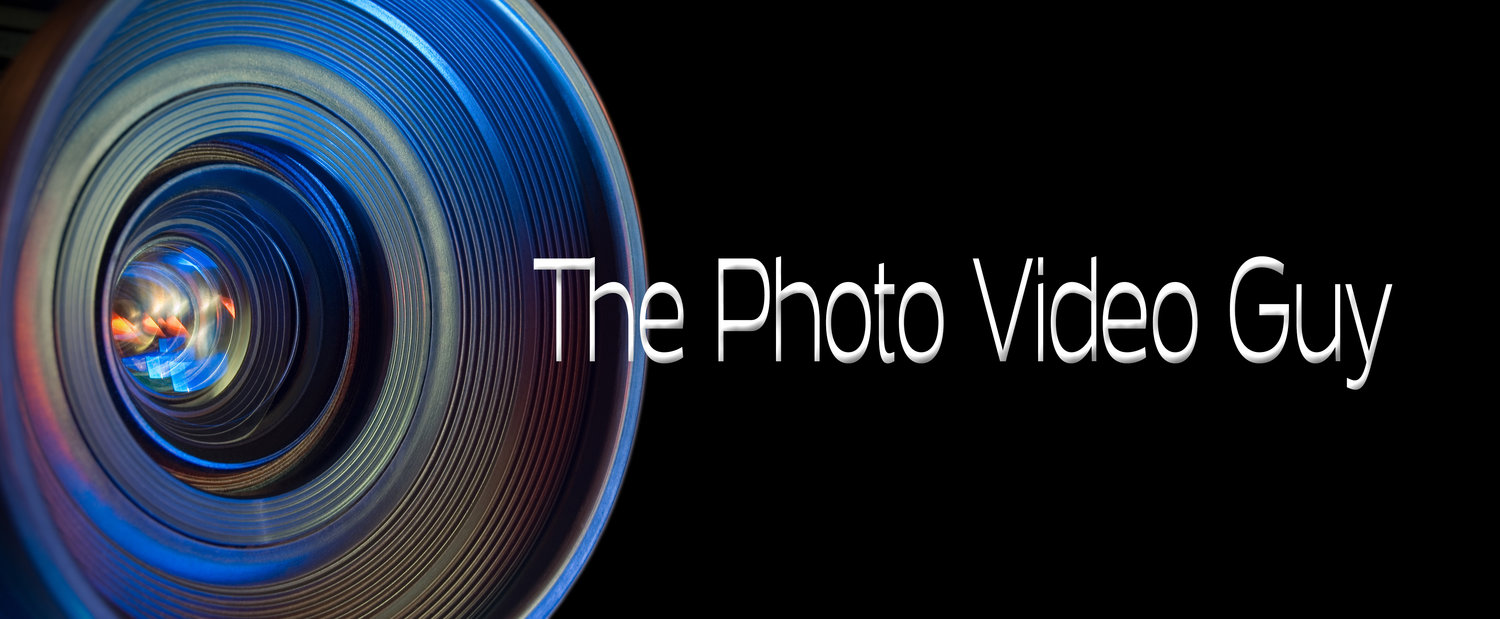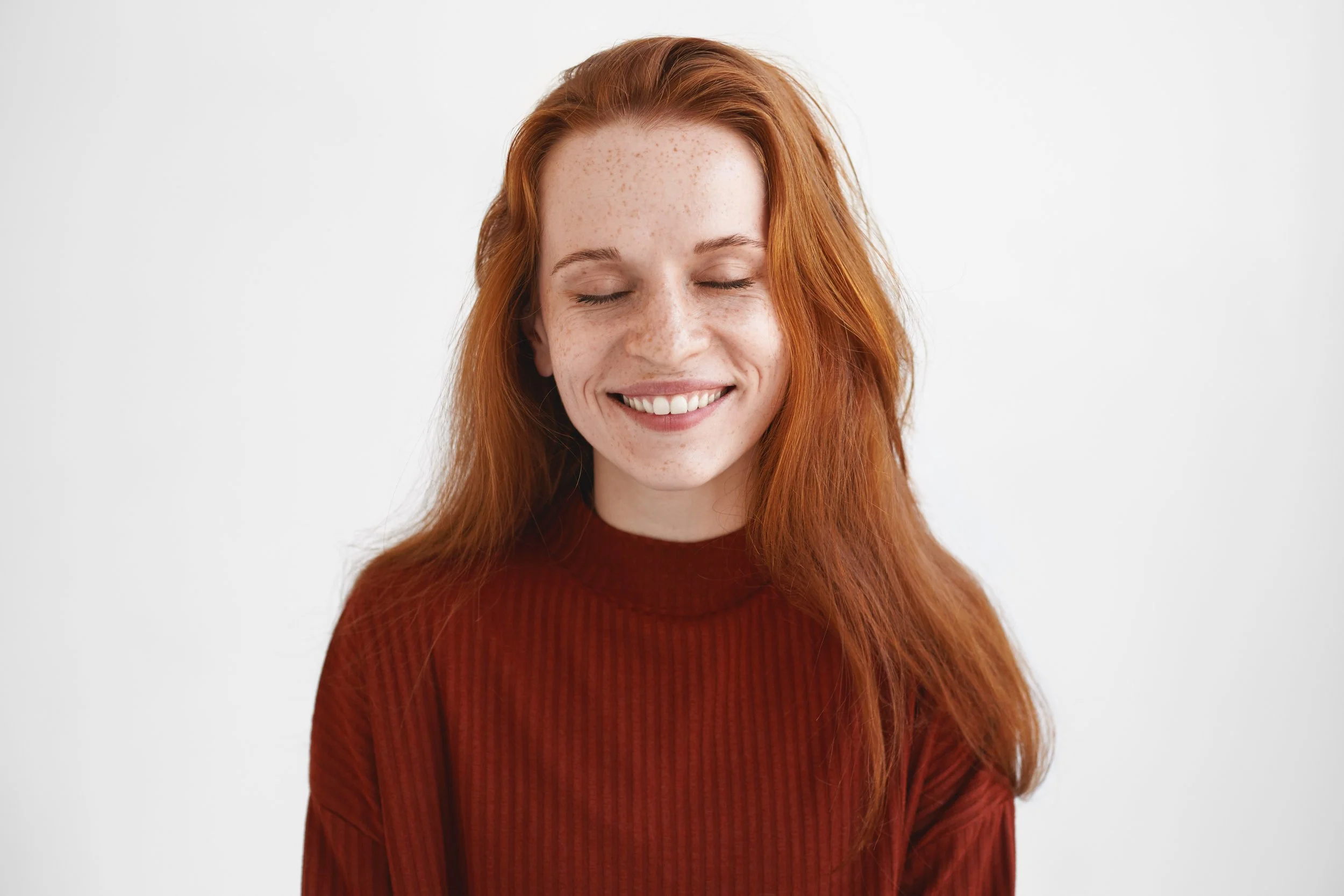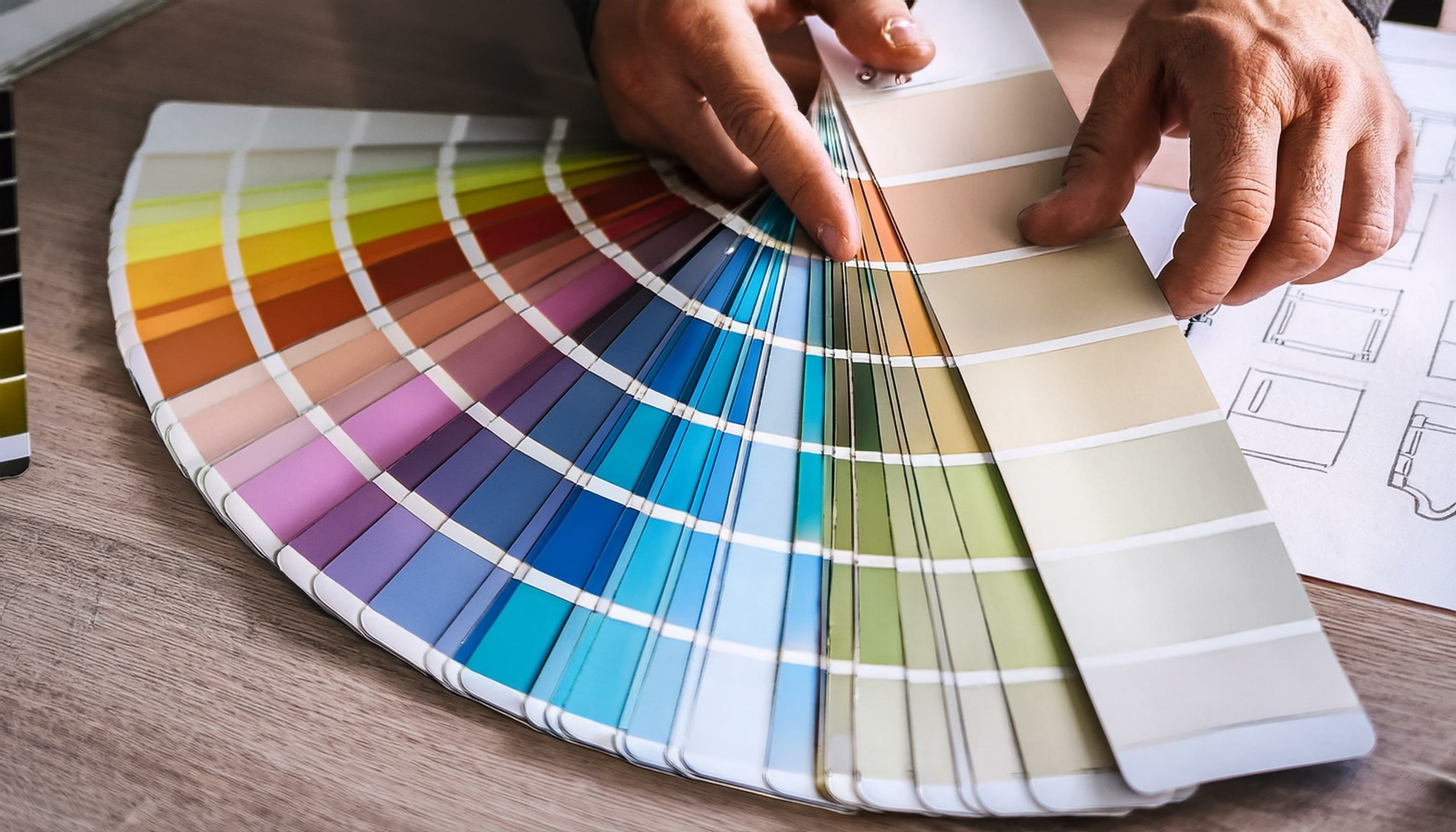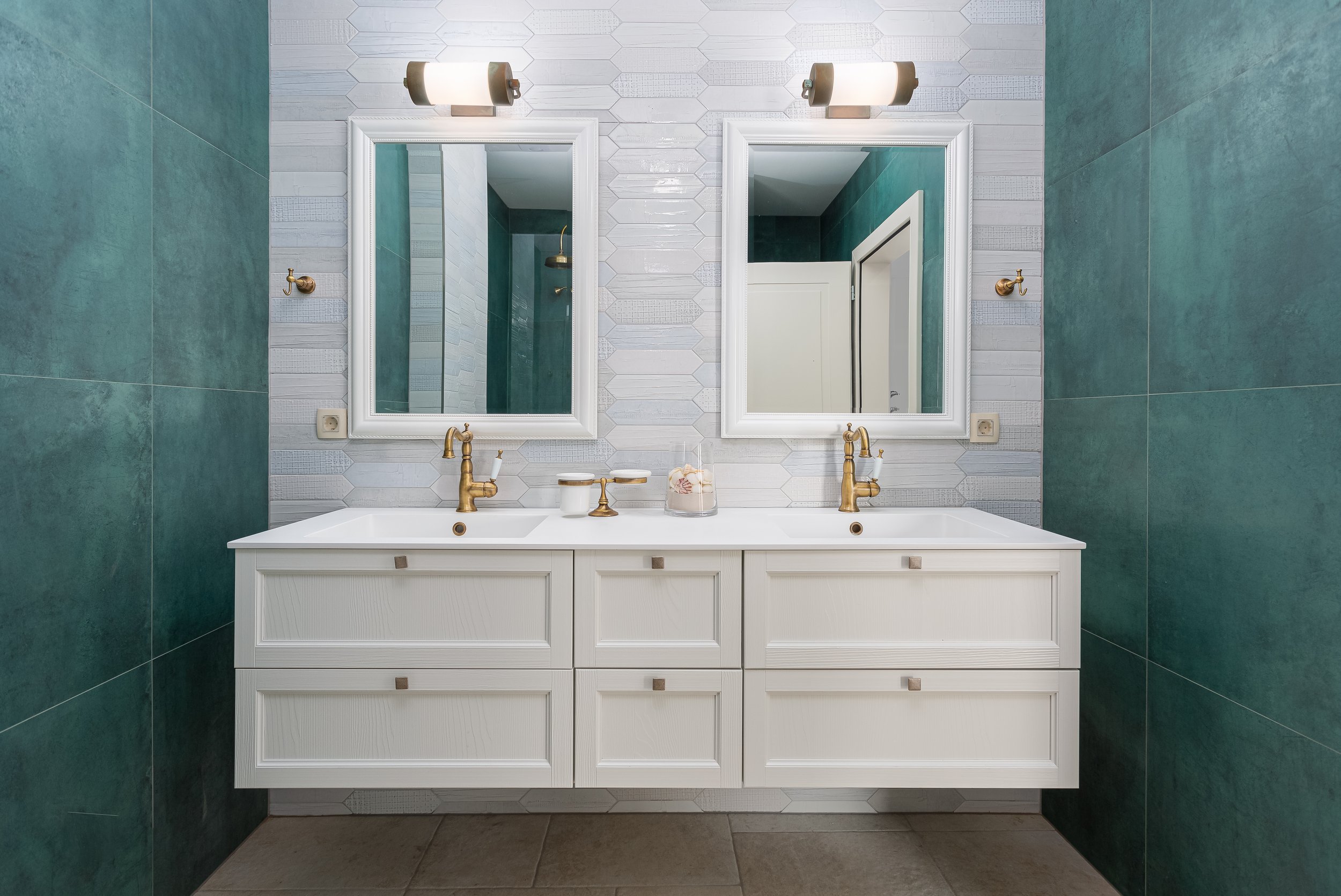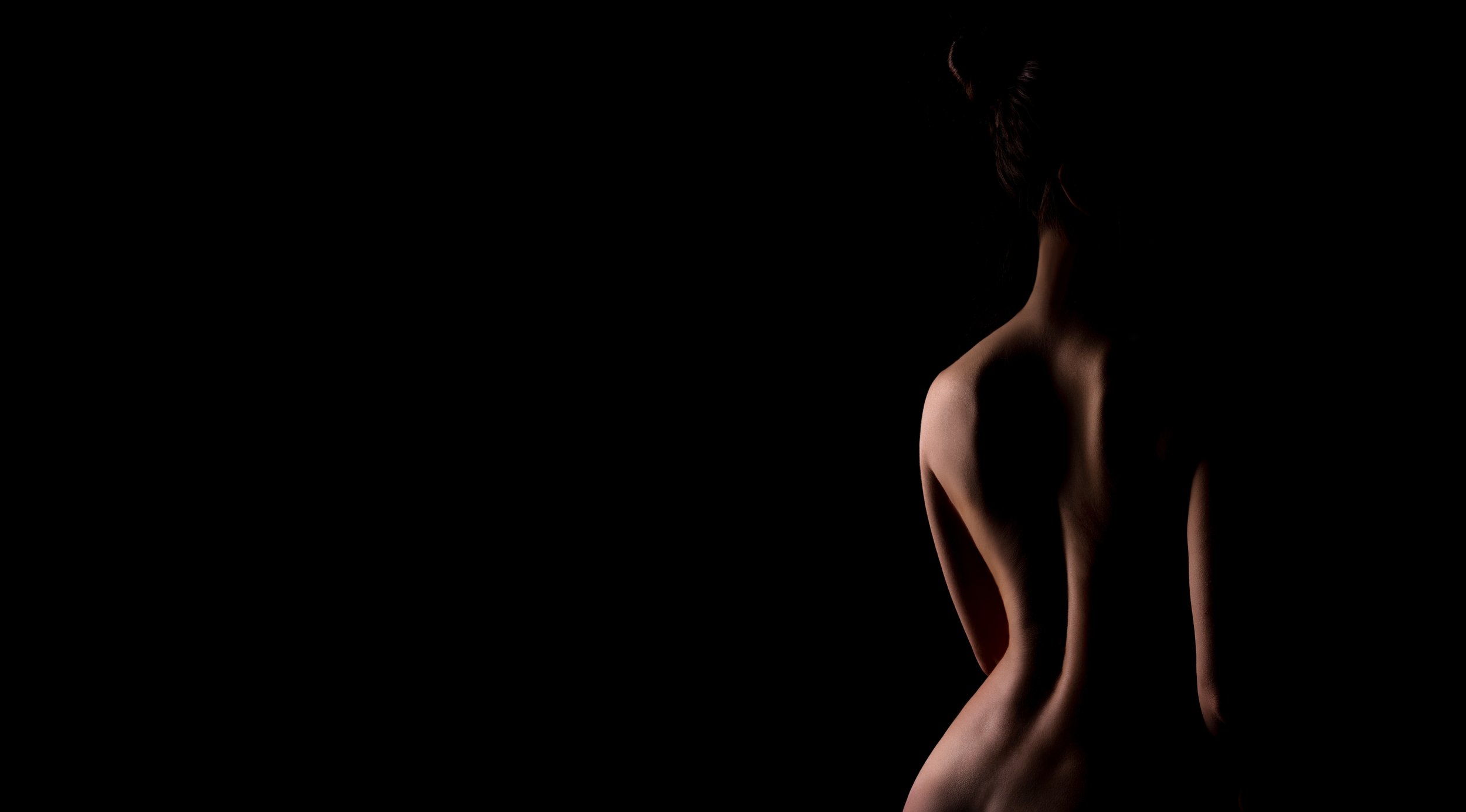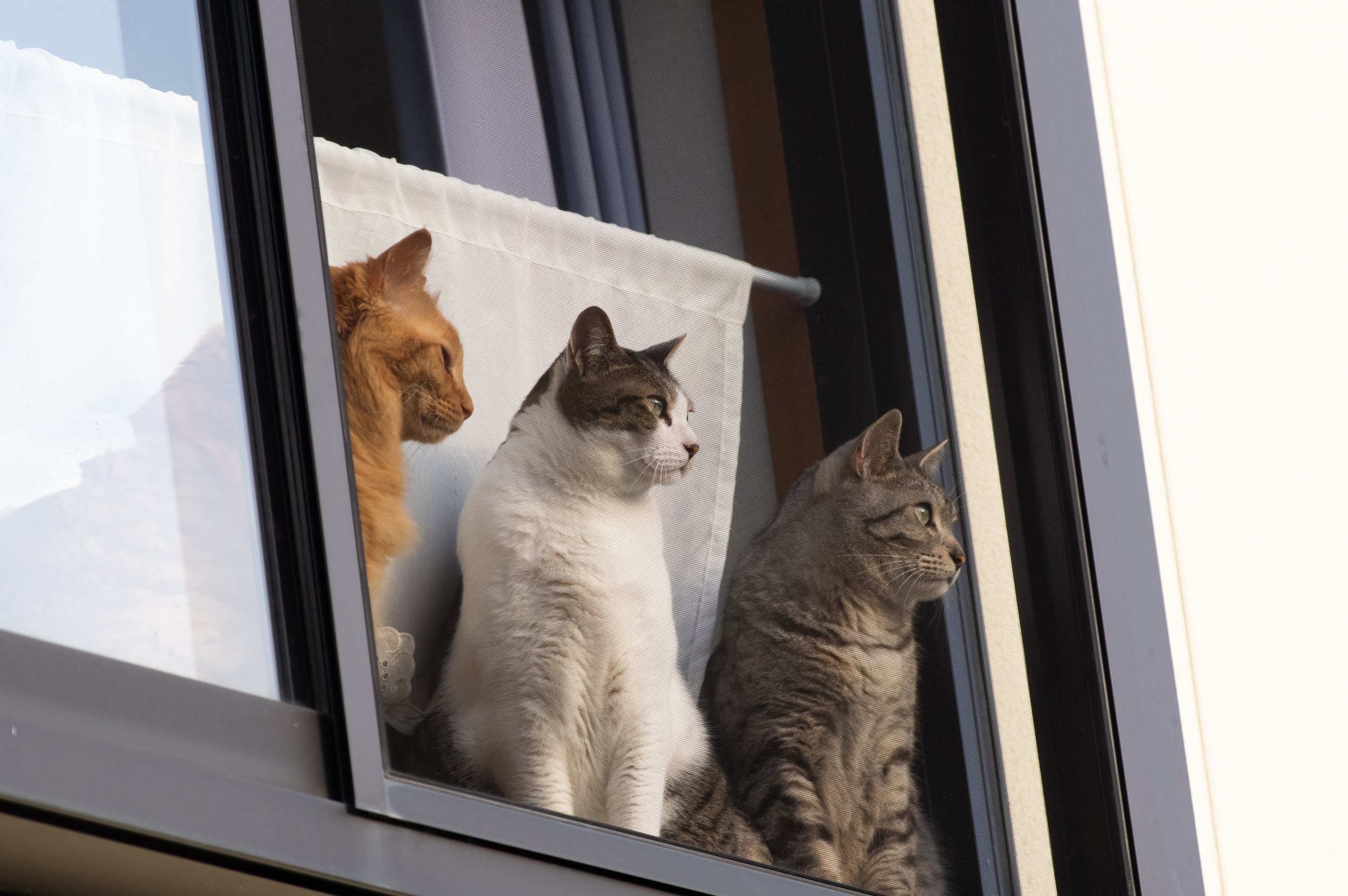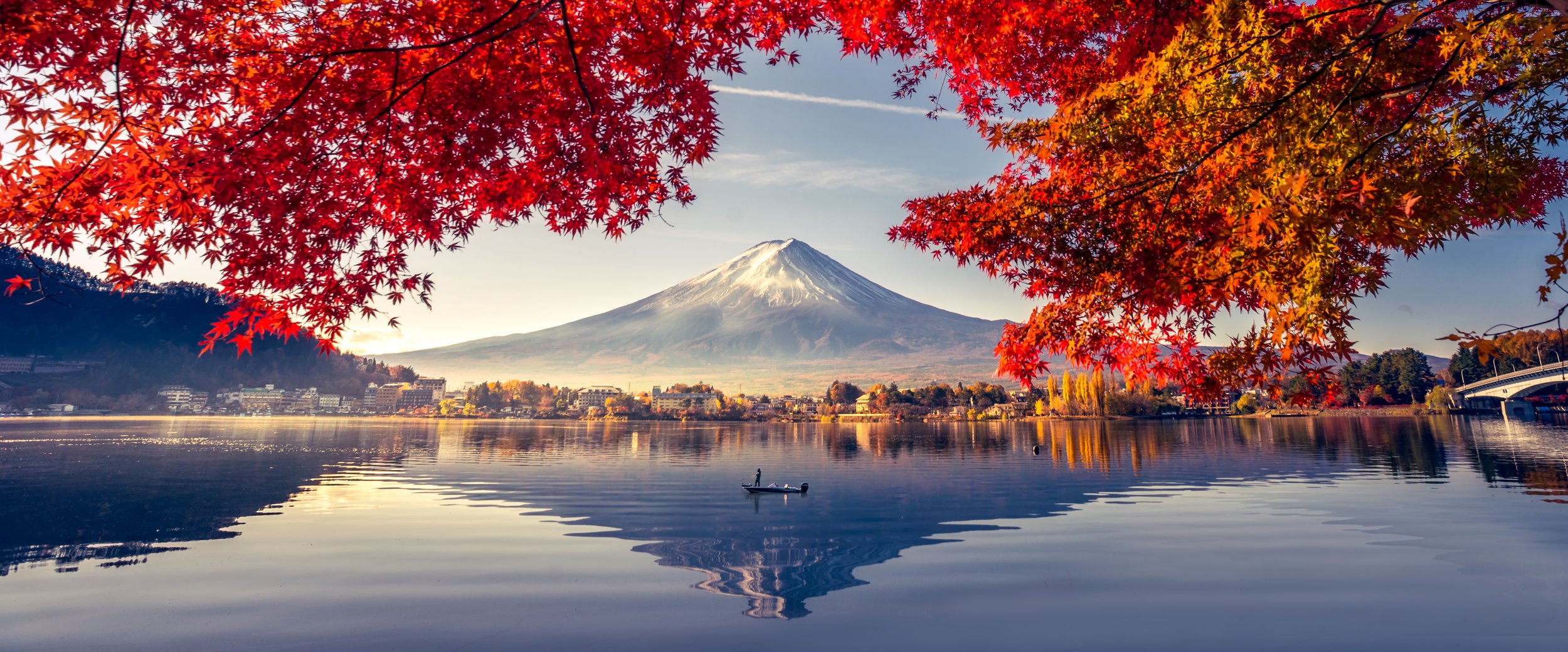How Do We Improve?
A good place to look is at the paintings of the Old Masters. Their strongest work is very complete and fills the frame. It provides sufficient context and everything that is not the subject supports the subject. So look at this work.
Filling the frame does not have to mean that the subject is the only entity the viewer sees, although that really does help with the attention deficit crowd.
We can also look at images made by famous photographers, who are famous BECAUSE of their work, not for being well liked or well known
If we look at the Claude Monet painting at the top of the article, the subject is immediately clear to the viewer and everything else in the painting contributes to the subject and helps the viewer create his or her own story.
The photograph made by Yousef Karsh in 1949 of Albert Einstein is not the one seen most often, but personally I like it better. The frame is filled but not so much that the viewer with no knowledge of Einstein cannot get a sense of the greatness of the man.
The photograph made towards the end of World War II by one time model and later wartime photographer Lee Miller fills the frame just enough to communicate intent and story, but no more.
Filling the Frame is Work
It’s work. It is planful. Artists are planful, snapshooters are not. You tell your stories your way and by actively engaging to fill the frame, you literally create the framework for your creation.
Wrapping Up
This is not an exercise or assignment because it is required for every image that matters to you. We already know that there are many things that we as creatives can do. This one however, could be considered non-optional.
Please become a member on Patreon to help support this channel. A big thanks to all the existing Patreon members! Send in comments or questions, I read and respond to all. If you shop with B&H Photo Video, please use the link on the main page as it pays me a small commission and does not cost you anything to do so. Thanks again and we will see each other again soon.
